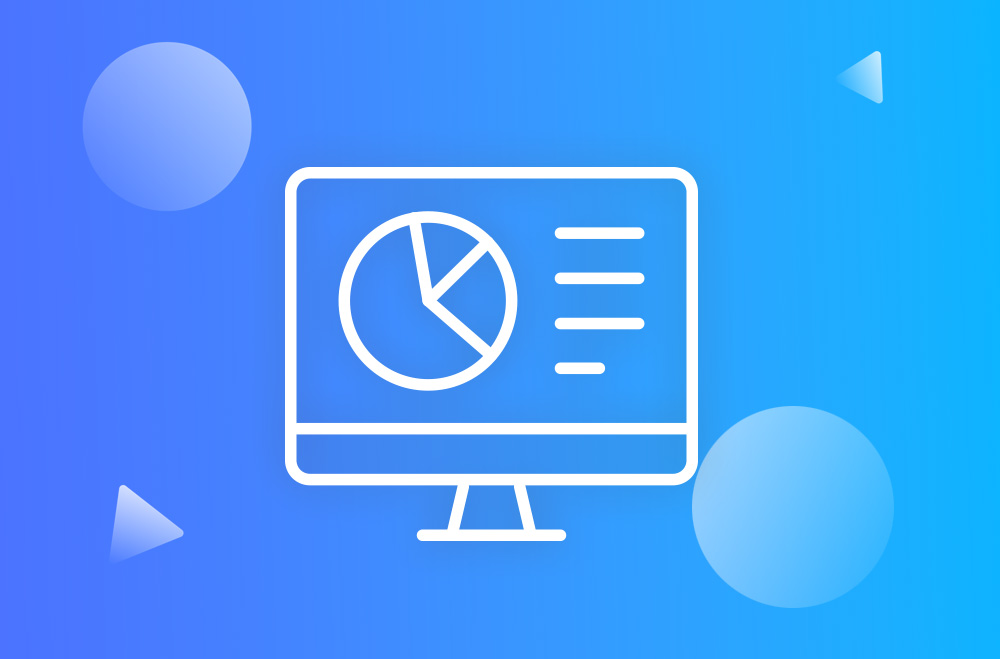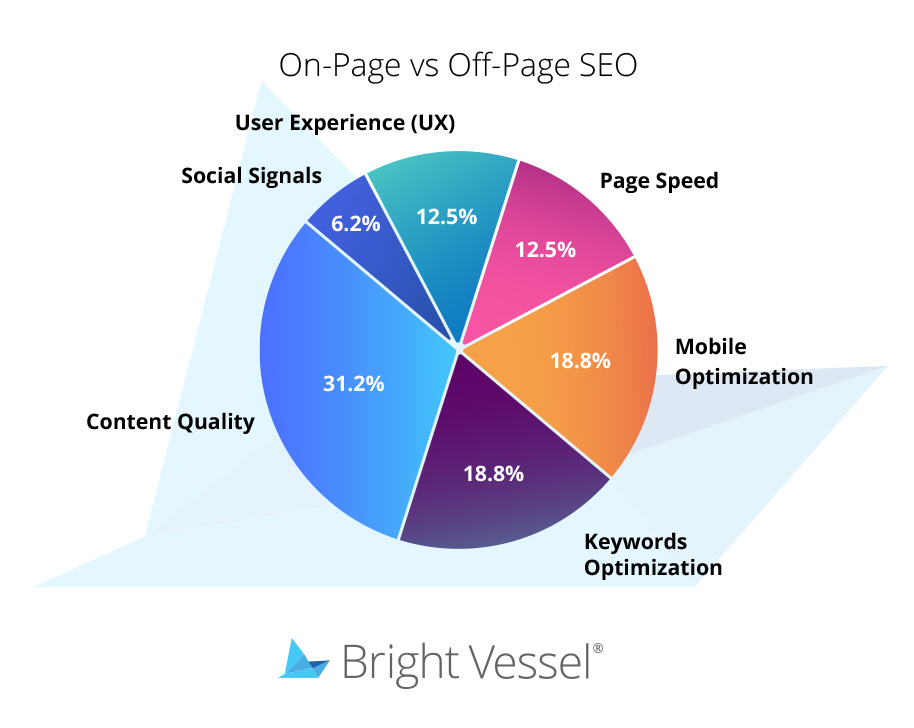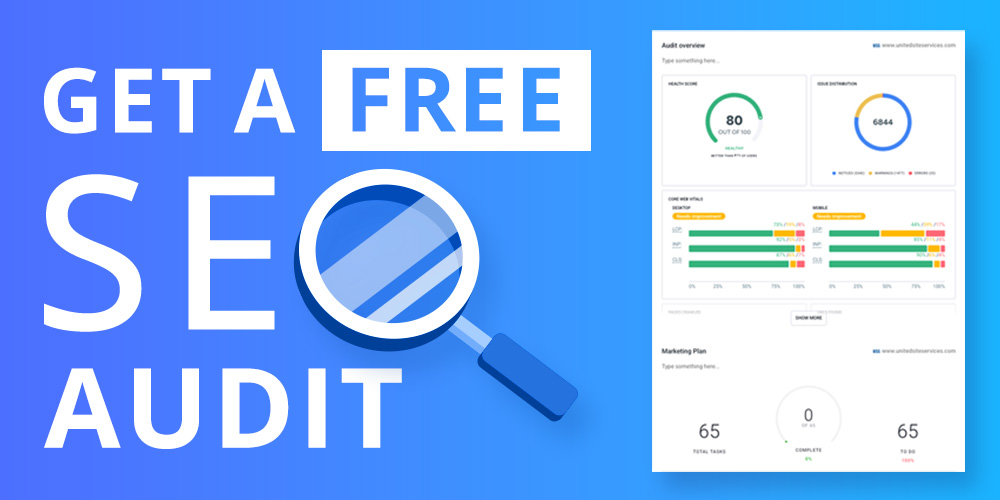

Update: June 2025
The original breakdown (35% On-Page vs 65% Off-Page SEO) was accurate for 2023 to 2024. It’s no longer the case.
As atualizações do algoritmo do Google nos últimos 18 meses reequilibraram a escala. Os fatores na página agora têm mais peso devido a:
O sistema de conteúdo útil favorece páginas que satisfazem a intenção total do usuário
Dados estruturados e esquemas contribuem para a visibilidade e a confiança
Sinais de UX (Core Web Vitals, interatividade, acessibilidade) impactando as classificações
Links internos e autoridade tópica influenciam a credibilidade em todo o site
What’s the new ratio?
The split now leans closer to 40 to 50 percent On-Page, depending on the industry. On-page can even outweigh off-page for service businesses, healthcare, and finance. The chart below has been updated to reflect this shift.
Backlinks ainda importam. Mas você não pode mais ganhar apenas em links.

High-quality, engaging content is the most significant slice of the SEO pie, making up approximately 25% of overall SEO effectiveness.
The quantity and quality of backlinks to your website account for about 20% of your SEO score, signaling trust and authority to search engines.
Strategic use of keywords contributes approximately 15% to the SEO pie, highlighting the Importância de entender e combinar o usuário search intent.
As mobile browsing prevails, mobile optimization's contribution to SEO effectiveness is about 15%.
Page speed affects experiência do usuário and rankings, making up 10% of the SEO pie.
UX contributes to 10% of the SEO weight, emphasizing the need for a site that is easy to navigate and engage with.
Although a smaller slice, social signals account for around 5% of SEO effectiveness, reflecting the impact of social media interactions on SEO.

On-page SEO includes all the measures that can be taken directly within the site para melhorar sua posição nos rankings de pesquisa. This includes content quality, keyword optimization, meta tags, headers, URL structure, and site speed.
Off-page SEO involves all activities outside the site para melhorar sua classificação de pesquisa. The most significant factors here are backlinks, social signals, and other external factors.
These estimates reflect a consensus that off-page SEO, particularly backlinks, plays a more substantial role in determining a Classificação do site than on-page factors. The rationale is that while on-page optimization is entirely under the site owner's control and can be seen as an essential requirement, off-page SEO represents external validation, which Os motores de busca valorizam muito para determinar um site's authority and relevance.
The balance can shift based on the specific competitive landscape of a given search query, the current state of a website's SEO, and ongoing Atualizações nos algoritmos do mecanismo de pesquisa. Therefore, these percentages should serve as a guideline rather than a fixed rule. On-page and off-page SEO are crucial for a successful SEO strategy, and neglecting either can hinder a website's potential to rank well.
For the most current insights and data-driven recommendations, it's essential to stay informed with the latest from reputable sources like Moz, Search Engine Land, and Ahrefs. These platforms frequently update their guidelines and findings based on evolving SEO trends and motor de busca algorithms.
The initial percentages provided were meant to simplify the complex nature of SEO for explanatory purposes. In practice, the exact contribution of on-page versus off-page SEO factors is subject to ongoing debate. It can vary widely based on numerous variables, including changes in motor de busca algorithms, the competitive environment of specific niches, and the strategies of individual websites.

"*" indicates required fields

"*" indicates required fields

"*" indicates required fields
You must be logado to post a comment.